
Think Piece - Leadership of thinking: What's presence got to do with it?
Working Well FETL project
How can psychoanalysis and systems theory contribute to the leadership of thinking in the UK FE and Skills sector?
THINK PIECE
Leadership of thinking: What’s presence got to do with it?
-
INTRODUCTION
The focus of this seminar was about psychological presence. That is, being connected emotionally to yourself and others.[1] Key to this is being what the psychoanalyst Donald Winnicott called your ‘true self.’ When we are our true self we’re aware of and tolerate the destructive as well as the constructive parts of our personality. Presence allows us to be emotionally intelligent, authentic leaders.
-
EMERGING THEMES
The key emerging themes were:
- Being present to yourself
- Encouraging presence in the organisational culture
2.1 – Being present to yourself
Psychologial presence starts as a baby; it’s developed through us being allowed and encouraged to let our ‘true self’ emerge and develop. If, for whatever reason, this isn’t possible, we may instead develop what Winnicott called a ‘false self’. This self tries to comply with expectations and demands from parents, and/or social and cultural pressures. Winnicott thought that in some ways we all have to display a false self – society depends on this – but it’s problematic if it overshadows our true self to the point of us not knowing what that is.
Parents who are able to encourage their children to develop their true self, gradually teach them to manage it, for instance by keeping aspects of it to themselves as appropriate to the setting. So we learn that there are some things that are okay at home, but may not be with friends or at school. This is part of socialisation. In other words, the way we display our true self is connected to role and the context or system we’re in.
Participants linked their presence as a leader to the organisation’s purpose and primary task: in the same way as in the family or with friends, presence is linked to role and context. In the workplace these links – role, context and system – are paramount. In his discussions with colleagues and trainees, the psychoanalyst Wilfred Bion distinquished between ‘being a doctor (or a psychoanalyst) and ‘being like a doctor (or psychoanalyst), i.e. the difference between a good imitation, following all the rules and models, as opposed to internalising the role within oneself.
Implications for the leadership of thinking
In an organisational setting, being our true self and psychologically present is essentially linked to being present to the organisation – it’s purpose, primary task, development and values. So presence in leadership is about person, role and system. It requires leaders to internalise and live the role rather than mimicing what they think it should be about. Leaders are then able to be themselves, be on task, in the service of the organsation and have the necessary potential freedom and spontaneity for innovation and development.
An important aspect of being our true self and present to ourselves is the ability, as Winnicott saw it, to be alone. This starts as a baby when we learn to be alone in the presence of someone. In that state we can be ourselves with our own thoughts and experiences. Eventually, we learn (hopefully) to be literally alone without the need to be on the run from ourselves. This is because we’re not avoiding difficult and destructive aspects of ourselves and are connected to our internal world which provides us with figures who accompany us in our minds. The inevitable degree of aloneness in leadership can feel very lonely. Participants talked about the weight of having ultimate responsibility. As one participant said: “The loneliness of leadership never leaves you.” The capacity to be alone is therefore fundamental to leadership as it protects us from loneliness. Importantly though, loneliness is in part a state of mind, whereas some aloneness in leadership to hold the ultimate responsibility, is a requirement.
Implications for the leadership of thinking
Leadership is so often felt to be lonely; we don’t distinquish between loneliness and aloneness in leadership. The ability to be alone is a requirement of the leadership of thinking. Without it we can’t retain our own thinking and identity, or hold ultimate responsibility. Being our true self and emotionally present allows us to be alone, rather than lonely.
Participants talked about the connection between physical and psychological presence. An interesting comment was made: “If I’m completely engaged I have to be physically resilient. If I’m disengaged I have to be mentally resilient.”
Presence isn’t a one off achievement: we can gain it, lose it and, with hard psychological work, regain it. There are indeed times when presence is pretty impossible. As one participant said: “I can feel less present during a crisis as compared to getting back in the groove afterwards.” Another commented: “Sometimes in order to survive you have to not feel anything.”
2.2 – Encouraging presence in the organisational culture
A culture that encourages presence is one that allows people to be who they are and supports awareness and reflexivity individually, in teams and across the organisation. The starting place for this is being present to others. And that means being connected to ourselves and, as a leader, enabling others to connect to us emotionally.
Encouraging presence in the culture requires having some understanding of psychological processes and defences; we need defences to live but if we’re too defended psychologically we can’t be present to ourselves. If we’re overly anxious our defences are likely to become stronger and can be rigid. So to encourage presence in others and in the organisational culture, leaders need to ‘contain’ staff. They are then more likely to be emotionally safe enough to be psychologically present. Presence therefore links to attachment theory and the need for leaders to provide a secure enough environment for both staff and learners.
Participants suggested that presence in the organisation is also dependent on clarity – about primary task, expectations, and standards. From that clarity it’s also important to legitimise different points of view. The idea of compliance was discussed; what seems to be key is to move staff from compliance to something beyond it. That includes for example, having our own ideas and rationale for what we do, not just blindly complying with demands from external bodies (Government, Ofsted, funding bodies, local authorities etc.).
Implications for the leadership of thinking
An emotionally present organisational culture will necessarily go beyond compliance, since compliance alone is akin to the false self. The leadership of thinking at organisational and sector level needs to support and encourage staff to move beyond compliance through engagment and commitment to task and purpose. To move, in other words, to something akin to the true self.
2.4 – Moving forward
The ‘leader as translator’ was referred to at the previous seminar; the communication of external policy proposals and decisions, bridging what can come across as the gap between external and internal conceptions or points of view. Another aspect of the leader as translator is the important component of the leader ‘making present’ the organisation and sector to others as part of co-creating ideas.
Implications for the leadership of thinking
In order to support innovation and development in and of the sector, the leadership of thinking has to both connect emotions with intellect and share and co-create ideas. These require presence so that ideas can be built colloboratively rather than competed with or submitted to. Thinking and actions can then be creative, fertile, allow experimentation include spontaneity, being adventurous, ‘going off piste.’ This is part of the intuitive side of leadership. It links to the healthy capacity for (informed) risk taking. It seems to us to be both an important indicator of emotional presence and at a premium in the current context of FE and Skills.
FE and Skills can get caught in political expediency and ideology. To move forward effectively and imaginatively, the sector has to assert its authority so that it respects both the reality of external factors and what might be called the core of FE and Skills and its thread of meaning over time. A combination of task, values and culture that in some way represents, as it were, its true self.
David Armstrong has written about this suggesting that “…part of the function of leadership under conditions of radical uncertainty, contextual and structural, is to make present, through interaction with others, an idea of and a feel for the “enterprise” – or “practice” – of the organization which can ground and recover the exchange and enactment of thought.” (Armstrong, 2005). It’s a different, but closely connected idea of presence.
Implications for the leadership of thinking
Part of making present is making meaning. Meaning that is coherent and true to purpose, values and to continuity (as well as discontinuity) of time. Meaning and identity without emotional presence is sterile and subject to the whim of others. If the sector is to be protected, developed, robust and fit for the challenges it faces now and in the future, making meaning emotionally present is a critical task of leadership.
Gabriella Braun, Project Director and David Armstrong, Project Consultant,
Working Well, January 2016.
References
Armstrong, D. 2005, Organization in the Mind. London and New York: Karnac books.
Winnicott, D.E, 1988, Mothers and their babies. London: Free Association Books.
[1] The conceptual thinking and themes are from Gabriella Braun’s forthcoming book: ‘Leadership: What have love, hate and Oedipus got to do with it?’


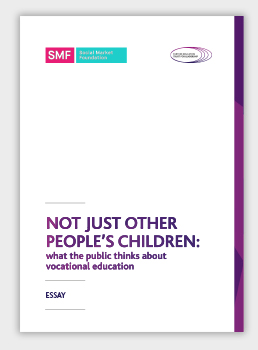
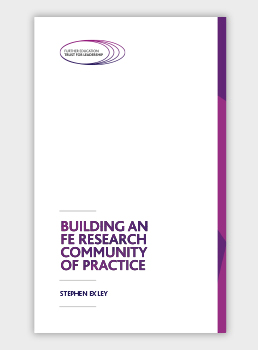
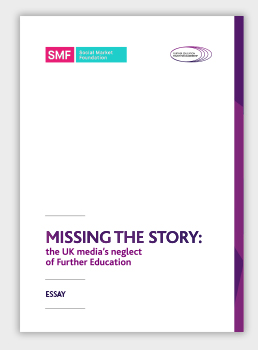

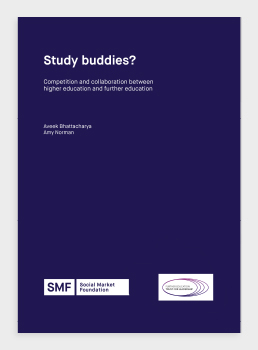



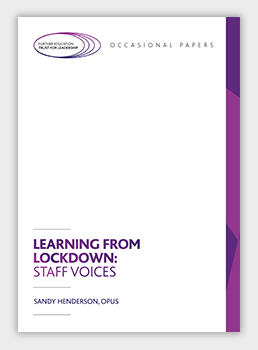







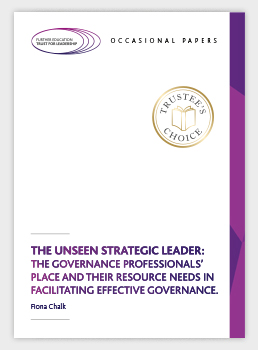



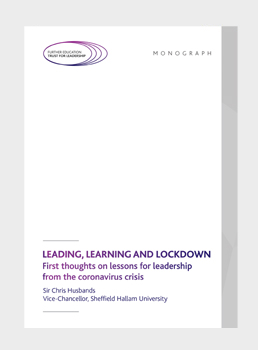


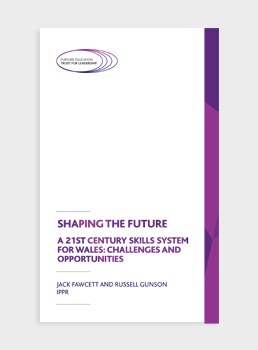

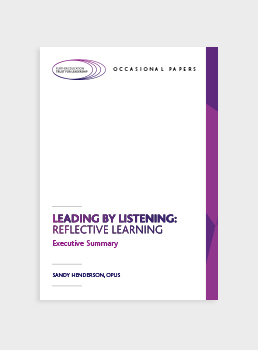

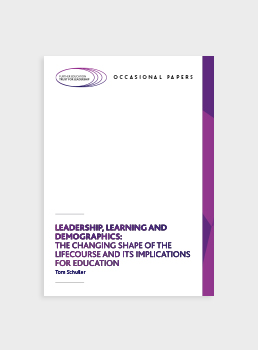


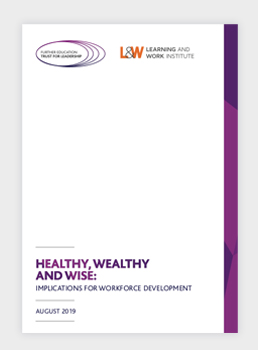




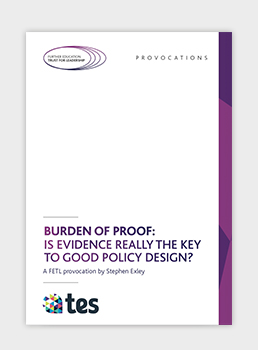

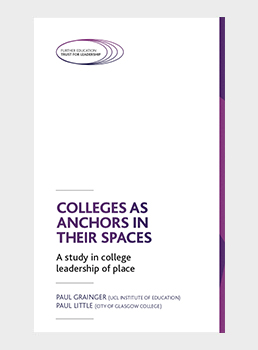
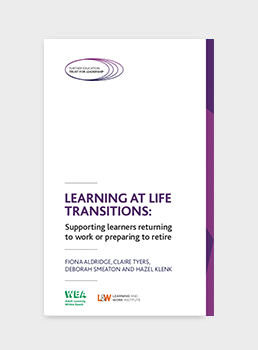
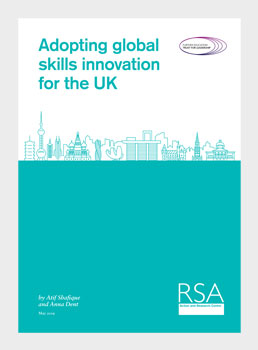

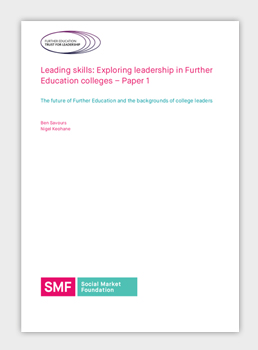
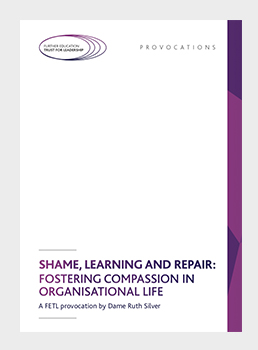





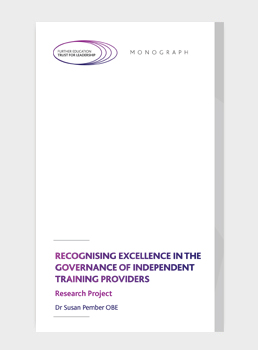


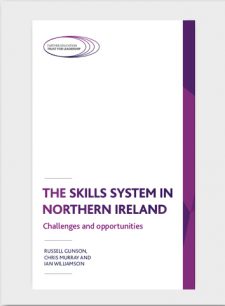





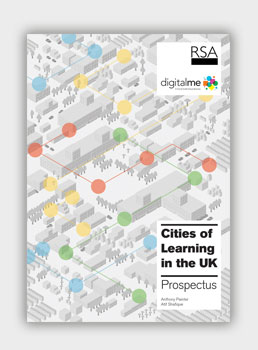
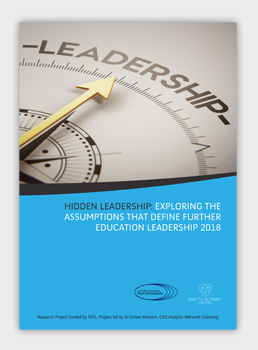





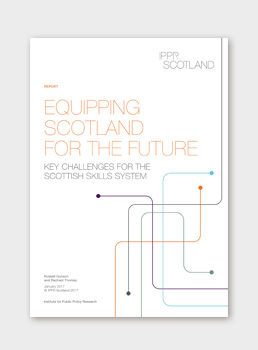

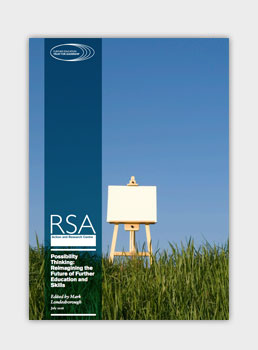
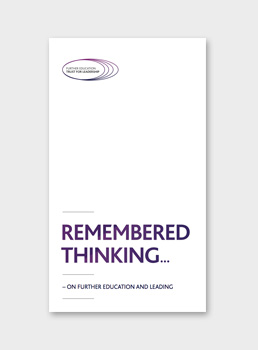
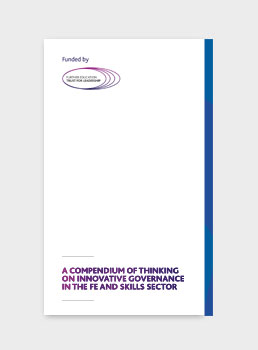

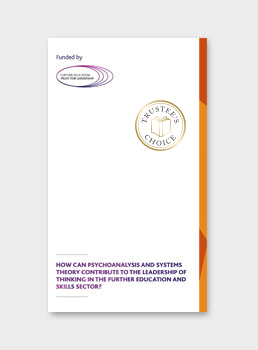


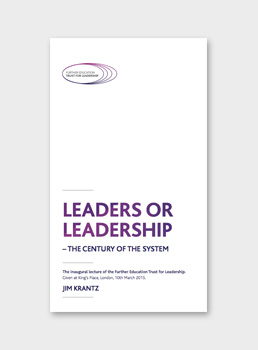




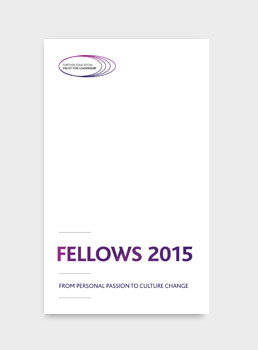



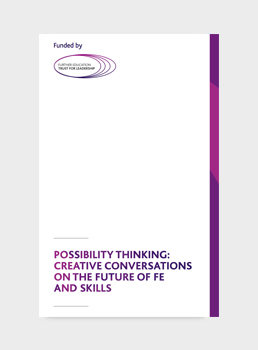
I am very impressed with your writing casinocommunity I couldn’t think of this, but it’s amazing! I wrote several posts similar to this one, but please come and see!